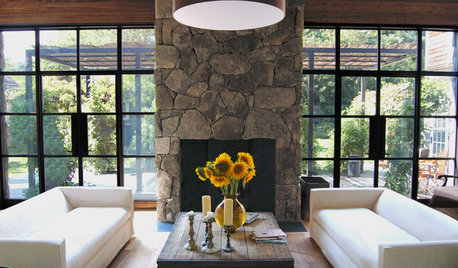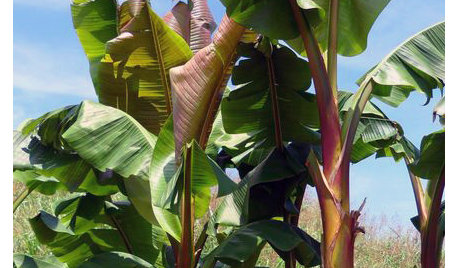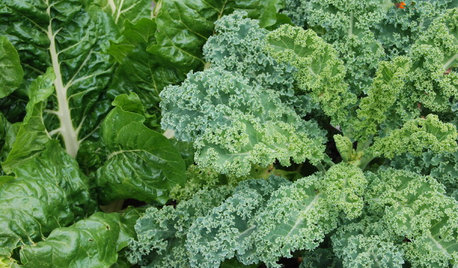If Cold Zones can do it, is it really ever 'too late?'
mmqchdygg
14 years ago
Related Stories

LIFELate Again? Eliminate the Things Holding You Up in the Morning
If you find yourself constantly running late for appointments, work and get-togethers, these tips could help
Full Story
GARDENING GUIDES10 Cold-Hardy Succulents for Cool-Season Interest
These attractive plants shrug off colder temperatures, and many can be brought inside in containers in extra-chilly climates
Full Story
WINTER GARDENINGExtend Your Growing Season With a Cold Frame in the Garden
If the sun's shining, it might be time to sow seeds under glass to transplant or harvest
Full Story
It's Cold. We're Cranky. Buy Some Flowers!
15 Colorful Reminders That Spring Will Come Again
Full Story
FALL GARDENINGMake This Fall’s Garden the Best Ever
Learn the most important tip for preventing buyer’s remorse, plus get more valuable buying and planting advice
Full Story
GARDENING GUIDES10 Cold- and Heat-Tolerant Perennials and Shrubs for the Arid West
These flowering native plants shrug off the cold of winter and heat of summer while adding beauty to the drought-tolerant landscape
Full Story
FEEL-GOOD HOMESimple Pleasures: Get Cozy on a Cold Day
Some things are best when the weather is bad. Heat up some cocoa and join the discussion
Full Story
LIFEHouzz Call: How Are You Handling the Record-Breaking Cold?
Share your tales, strategies and photos for everything polar vortex
Full Story
GARDENING AND LANDSCAPINGBring the Tropics to Your Cold-Climate Garden
Delightfully deceptive, these plants combine a durable nature with a tropical look to add a touch of the exotic to cooler landscapes
Full Story
FALL GARDENINGFrost-Hardy Foliage That Loves a Cold-Climate Garden
When winter cuts a bleak swath through other plants, these edibles and perennials flourish brilliantly
Full Story








jwstell42
rjinga
Related Professionals
Lyons Landscape Architects & Landscape Designers · Matthews Landscape Contractors · Boca Raton Landscape Contractors · Eustis Landscape Contractors · Flagstaff Landscape Contractors · Fort Payne Landscape Contractors · Haverhill Landscape Contractors · Roswell Landscape Contractors · Tustin Landscape Contractors · Westford Landscape Contractors · Wheat Ridge Landscape Contractors · Goldenrod Landscape Contractors · Merrifield Landscape Contractors · Hueytown Landscape Contractors · Easton Driveway Installation & Maintenancesunnibel7 Md 7
iam3killerbs
nabcity
pnbrown
nabcity
the_sun
suenh